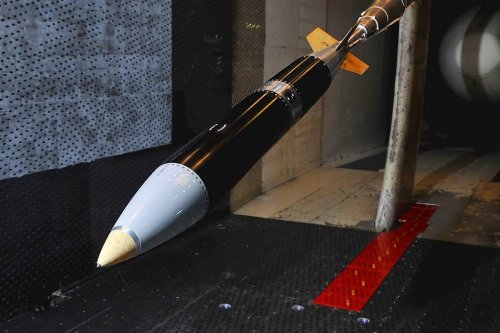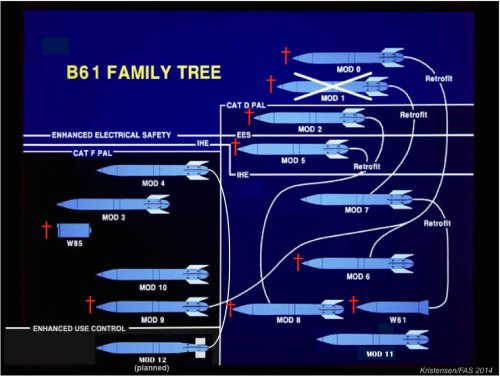Air Force, NASA orders declining
Navy Admiral Sounds Alarm On Nuclear Rocket Motor Industrial Base :'(
Posted: Apr. 10, 2014
Senior nuclear policy officials from the Navy and Air Force this week told Congress they have a cooperative program in place to ensure the industrial base for nuclear missile motors remains healthy, but the Navy in particular is concerned about its viability and cost.
Testifying before the House Armed Services strategic forces subcommittee on April 8, Navy Strategic Systems Programs Director Vice Adm. Terry Benedict said his service is in an unenviable position regarding solid-rocket motors. The Navy's Trident D5 submarine-launched ballistic missile and the Minuteman III intercontinental ballistic missile operated by the Air Force utilize similar motors, but the industrial base is being sustained today almost entirely by the maritime service. ATK is the leading provider of solid-rocket motors capable of boosting nuclear weapons.
"While the Navy is maintaining a continuous production capability at a minimum sustaining rate of 12 rocket motor sets per year, the demand from both NASA and Air Force has declined," Benedict wrote in his prepared statement. "Not only did this decline result in higher costs for the Navy, as practically a sole customer, but it also put an entire specialized industry at risk for extinction -- or at least putting it on the 'endangered species list.' That is not something we should risk. The Navy cannot afford to solely carry this cost, nor can this nation afford to lose this capability over the long term."
The Air Force is not ready to commit to a similar low-rate production program, Maj. Gen. Garrett Harencak told the committee. Harencak, the Air Force's assistant chief of staff for strategic deterrence and nuclear integration, said the service is waiting for the results of an analysis of alternatives about a follow-on ICBM, called the Ground-Based Strategic Deterrent, to inform its propulsion upgrade strategy for the next two decades. The Minuteman III is due to stay in service until 2030, with some improvements to the system planned between now and then.
Harencak was asked about the Air Force's rocket motor plans by Rep. Mo Brooks (R-AL), whose home state is a major base of operations for ATK.
"We're looking at how we're going to sustain this [rocket motor inventory and industrial base]," Harencak said. "We're also looking at the analysis of alternatives, which has not come back yet. It will come this summer. We'll certainly be investigating [whether we should] begin a formal program for that, but we have not yet."
Harencak and Benedict said the two services do have a collaborative information-sharing process covering nuclear weapon components because both are likely to need comparable items to sustain existing systems and to modernize or replace aging equipment. That collaboration covers eight technology areas, one of which includes rocket motors. And while the two services have slightly different regulations for the ingredients that go into their missile propellants, the general said the Air Force could look to at least use similar chemicals as the Navy -- perhaps in different proportions or mixtures -- to generate some economies of scale.
The two services are "embarked on a deep set of cooperation initiatives where we're going to be able to leverage both of our buys, if you will, whether they be in raw materials or completed components, that I think will certainly provide some efficiencies but also help our industrial base," Benedict said.
The Air Force does appear likely to contribute to that industrial base in the next 18 months, albeit later than planned and perhaps in a competitive way. The service's Future ICBM Sustainment and Acquisition Construct consists of a number of ballistic missile subsystem contracts, through which the Air Force will acquire sustainment and minor upgrade services for the Minuteman III. One of those subsystems is propulsion, and the service intends to choose a propulsion contractor in November 2015.
ATK had initially been tapped to win that contract on a sole-source basis this year, but because of potential interest from Northrop Grumman, the Air Force is reconsidering its acquisition strategy and has pushed back its planned award date. -- Gabe Starosta


